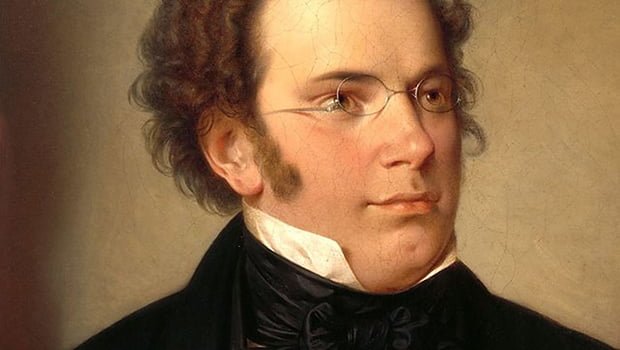
Top 10 Schubert Songs
Franz Schubert, a pivotal figure in the transition from the Classical to the Romantic era, left behind a rich legacy of compositions that continue to[…]

Franz Schubert – Biography and History
Franz Schubert, one of the most beloved composers of the 19th century, left an indelible mark on the world of classical music despite his tragically[…]

Discovering the Timeless Beauty: The 10 Best Compositions by Franz Schubert
Franz Schubert, an Austrian composer of the early 19th century, left an indelible mark on the world of classical music. With his unparalleled ability to[…]

7 Facts About Schubert You Didn’t Know
Franz Schubert was a renowned Austrian composer of the late Classical and early Romantic eras. Despite his short life, Schubert’s musical genius left an indelible[…]

Life and History of Schubert
Franz Schubert was one of the most influential composers of the late Classical and early Romantic eras. He was born on January 31, 1797, in[…]

Schubert – Symphony No. 1 – Music | History
The Symphony No. 1 in D major, D 82, was composed by Franz Schubert in 1813, when he was just 16 years old. Despite his[…]

Schubert – Symphony No. 5
Franz Schubert – Symphony No. 5 Franz Schubert’s Symphony No. 5 in B♭ major, D. 485, was written mainly in September 1816 and completed on October[…]

Schubert – Octet in F major D 803
Franz Schubert – Octet in F major D 803 The Octet in F major, D. 803 was composed by Franz Schubert in March 1824. It was[…]

Schubert – Mass in E flat major D 950
Franz Schubert – Mass in E flat major D 950 Mass No. 6 in E-flat major, D 950, is a mass composed by Franz Schubert. It[…]

Schubert – Fierrabras – Overture
Franz Schubert – Fierrabras – Overture Fierrabras, D 796, is a three-act German opera with spoken dialogue written by the composer Franz Schubert in 1823, to[…]